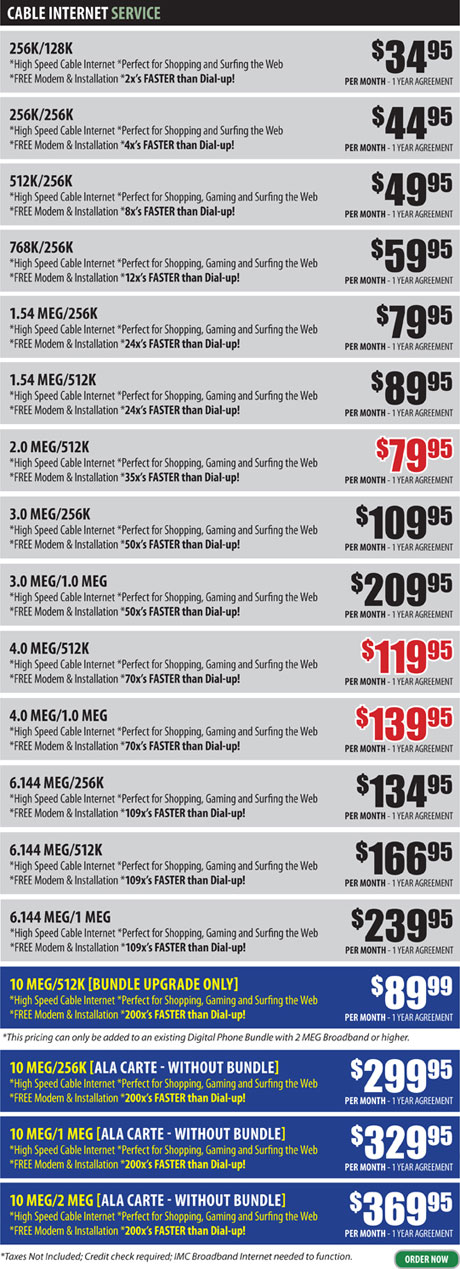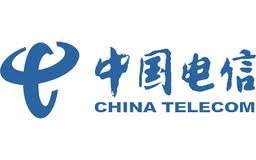The U.S. Department of Agriculture has announced more than $103 million in federal grants and loans to 16 states to help expand broadband, or high-speed, Internet access to unserved and underserved areas of rural America:
| Community Connect Grantee | Community | State | Award Amount |
| R&S Communications LLC | Vina Town | Alabama | $570,800 |
| Crystal Broadband Networks, Inc. | Birdsong Town | Arkansas | $570,800 |
| Cable Partner.Net Inc. | Whelen Springs Town | Arkansas | $570,800 |
| Karuk Tribe | Orleans | California | $1,141,870 |
| Crystal Broadband Networks, Inc. | Heidelberg | Kentucky | $576,400 |
| Crystal Broadband Networks, Inc. | Yellow Rock | Kentucky | $583,400 |
| Inter Mountain Cable Inc. | Endicott | Kentucky | $993,339 |
| Nexus Systems Inc. | Manifest | Louisiana | $1,116,505 |
| Nexus Systems Inc. | Larto | Louisiana | $1,116,505 |
| Plateau Wireless LLC | Olean Town | Missouri | $570,800 |
| Plateau Wireless LLC | Brumley Town | Missouri | $570,800 |
| Arizona Nevada Tower Corporation | Gabbs City | Nevada | $1,046,798 |
| Crystal Broadband Networks, Inc. | Stafford Village | Ohio | $570,800 |
| Wichita Online Inc. | Cornish Town | Oklahoma | $494,000 |
| Wichita Online Inc. | Tushka Town | Oklahoma | $480,000 |
| Wichita Online Inc. | Leon Town | Oklahoma | $481,000 |
| Scott County Telephone Cooperative | Flat Top | Virginia | $1,500,000 |
| Crystal Broadband Networks, Inc. | Panther | West Virginia | $571,900 |
| Infrastructure Loan Awards | |||
| Wabash Telephone Exchange | Illinois | $21,867,000 | |
| The Hemingford Cooperative Telephone Co. | Nebraska | $10,280,000 | |
| Coleman County Telephone Cooperative Inc. | Texas | $22,540,000 | |
| Vernon Telephone Cooperative | Wisconsin | $24,143,000 | |
| Dubois Telephone Exchange | Wyoming | $11,391,000 |
The providers involved offer a mix of technology, ranging from traditional cable companies like Inter Mountain Cable and Crystal Broadband Networks — to Wireless ISPs like Wichita Online, serving southwestern Oklahoma, to rural telephone company DSL provided by companies like Hemingford Cooperative Telephone and the Coleman County Telephone Cooperative.
What most rural providers have in common are much-higher prices for slower speed service over what urban customers pay, and a regular need for resources to update capacity and the number of potential customers served. Most of these grants and loans are expected to cover some of those costs.


 Subscribe
Subscribe








